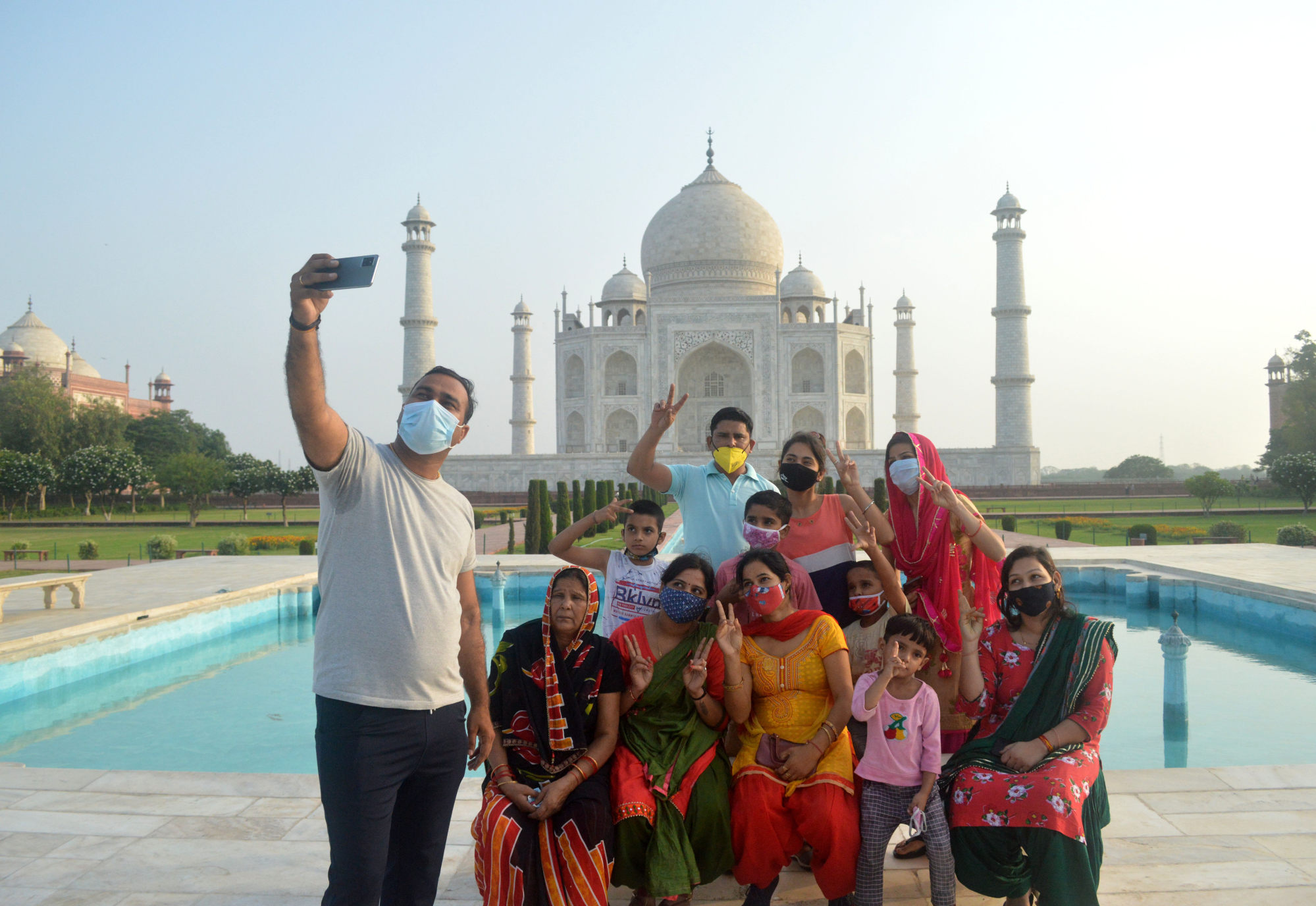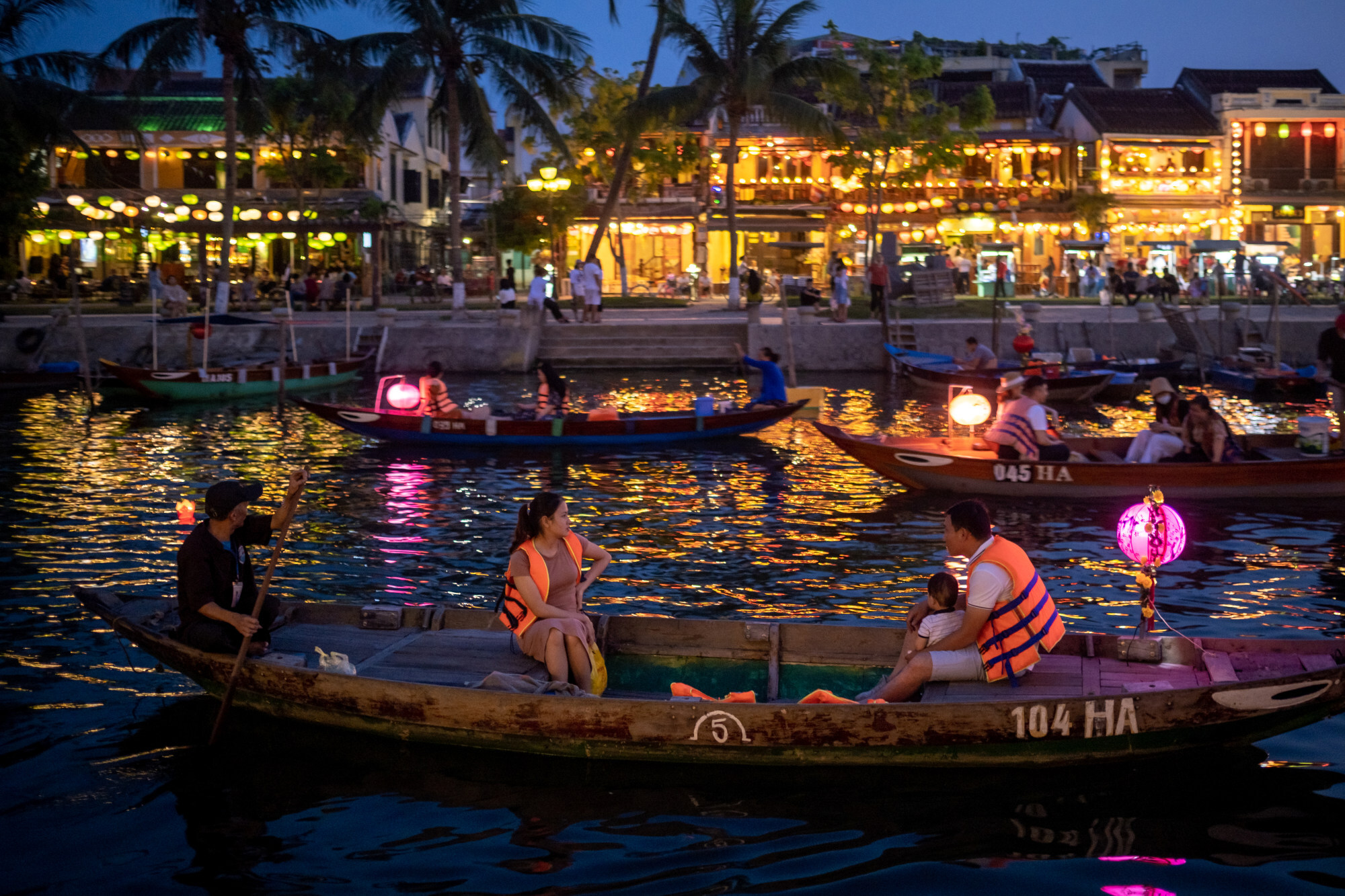
Elephant tourism vicious circle: why Bali’s Sumatran elephants, suffering a horrific ‘lockdown’, need visitors to survive
- Living in captivity because their natural habitats have been destroyed, Bali’s Sumatran elephants now depend on tourism, even if it provides no quality of life
- Reports last week highlighted one elephant camp that left more than a dozen of the animals to starve, before they were eventually relocated
Among the countless things that Covid-19 has shone a spotlight on is the complex, often harmful, relationship that humans have with nature.
Back when lockdowns were a novelty, we marvelled at viral videos showing animals reclaiming streets and waterways, ignoring the fact that the pathogen behind the pandemic was probably a direct result of our exploitation of the natural environment, not to mention our unnatural intimacy with wild creatures.
Few fauna manifest this paradox quite like Bali’s captive Sumatran elephants. As the name suggests, this critically endangered species is not indigenous to the Indonesian resort island – instead hailing from Borneo and Sumatra – but many have been moved to Bali as part of a government-run conservation programme “that entrusts privately-owned zoos and safari parks in Indonesia with the care of critically endangered Sumatran elephants”, according to an October 7 Al Jazeera article about the plight of 14 pachyderms at one such park.
The Bali Elephant Camp (BEC) “left more than a dozen elephants to starve, and staff without pay after plummeting ticket sales forced it to close when Covid-19 spread around the world and borders were closed,” the report said.
A subspecies of the Asian elephant, the Sumatran’s conservation status was upgraded by the International Union for Conservation of Nature in 2011 from endangered to critically endangered because the population had declined by at least 80 per cent in three elephant generations, or 75 years.
There are estimated to be between 2,400 and 2,800 Sumatran elephants left in the world, about 200 of which remain in the wild.
You cannot imagine a skinny elephant until you see one. They are big animals and you’re not meant to see their bones
Global conservation body WWF reports that this decline “is largely due to habitat loss and as a result of human-elephant conflict”, adding that “Sumatra has experienced one of the highest rates of deforestation within the Asian elephant’s range, which has resulted in local extinctions of elephants in many areas”. Much of the 473,000 sq km island’s remaining forest cover includes areas that are simply too small to support viable elephant populations.
According to the Al Jazeera article, the elephants at BEC were “sourced from breeding centres established 30 years ago in Sumatra that were supposed to help stabilise the population. In exchange for giving the animals a home, accredited businesses were permitted to sell elephant-tourism services that were wildly profitable before the pandemic.” BEC was reportedly charging US$230 for a half-hour elephant ride for two people.
“Many industries in Bali have collapsed as a result of the Covid-19 pandemic. But the impact on small companies like Bali Elephant Camp has been especially severe,” Agus Budi Santosa, director of the Konservasi Sumber Daya Alam Bali (BKSDA), the government body that oversees the well-being of rehomed Sumatran elephants, told Al Jazeera. “[When tourism stopped] they were no longer able to cover operational costs, especially the cost of feeding elephants.”
Femke Den Haas, a vet who visited BEC in May with BKSDA, took pictures of the undernourished animals. “You cannot imagine a skinny elephant until you see one,” she told Al Jazeera. “They are big animals and you’re not meant to see their bones. But that’s what they were – just skin and bones.”
BEC declined to answer questions from Al Jazeera. However, the broadcaster reported that all 14 elephants had been removed from the camp, with three going to “an unidentified zoo on the neighbouring island of Java” and the remaining 11 moving to Tasta Wildlife Park, in central Bali.
As at BEC, Tasta will engage the animals in tourism activities, offering visitors the chance to ride the elephants – for a fee, naturally.
As far as major animal conservation organisations are concerned, any such interactions with animals are not only unethical, but exploitative and can constitute abuse. The only way to ethically interact with elephants is to observe them from a distance.
Worse still, in a 2018 report that investigated 26 wildlife tourism venues in Bali, World Animal Protection found that not one met “even the basic needs of animals”.
“Travellers should stay away from any irresponsible entertainment activities involving wild animals,” urges the report. “If you can ride, hug, swim or have a selfie with a wild animal, please don’t and don’t visit venues offering these activities.” Except, now we’ve seen what happens when visitors stay away.
These animals, which live in captivity because human activities have destroyed their natural habitats to the extent that their populations can no longer be supported in the wild, and which have been placed in tourism attractions as part of efforts to “rehabilitate” their populations, now depend on tourism to survive, even if that doesn’t offer them any quality of life.
The “lockdown” Sumatran elephants have had to endure because of humans is far worse than anything Covid-19 has inconvenienced people with.

Asian destinations prepare to reopen to international tourism
On October 7, the Indian government announced that it would start granting tourist visas again from October 15, after an 18-month hiatus. In a statement, the Ministry of Home Affairs said: “After considering various inputs, the MHA has decided to begin granting fresh Tourist Visas for foreigners coming to India through chartered flights with effect from October 15.”
Those travelling on commercial flights would be able to enter the country from November 15.
Entry requirements and quarantine rules currently differ depending on the state, although arrivals in New Delhi do not have to quarantine as long as they can provide a negative PCR test result taken within 72 hours of boarding their flight.

As for Bali, coordinating minister for maritime affairs and investment, Luhut Pandjaitan, announced on October 4 that the island’s airport would open to international flights on October 14. “We are open to several countries, including South Korea, China, Japan, United Arab Emirates and New Zealand,” Pandjaitan told the Associated Press.
Arrivals will be subject to five days’ quarantine at their own expense and the partial reopening will serve as a “trial” for Bali’s ability to once again welcome all, tourism minister Sandiaga Uno told reporters, although he did not offer a timeline for that full return.
Vietnam’s reopening will also be staggered, with Reuters reporting that the Southeast Asian nation is planning “to reopen key tourist destinations to vaccinated visitors from countries deemed a low Covid-19 risk” from December “ahead of a full resumption targeted for June next year”.
Those key destinations include Ha Long Bay, Hoi An, Da Lat and Nha Trang, although it is not yet clear which countries will be considered low risk.

